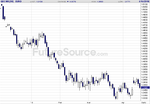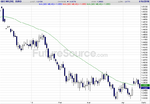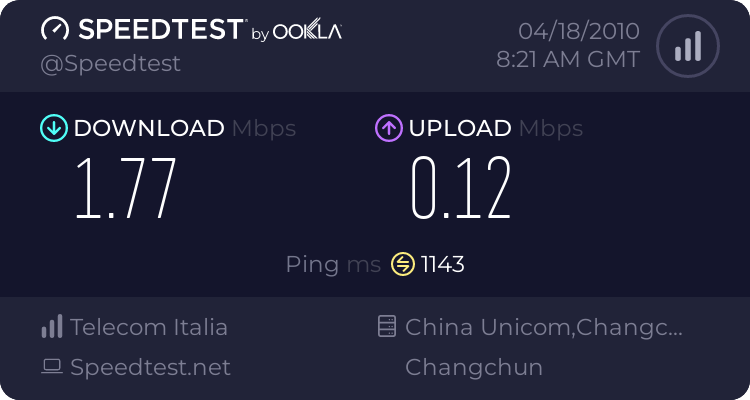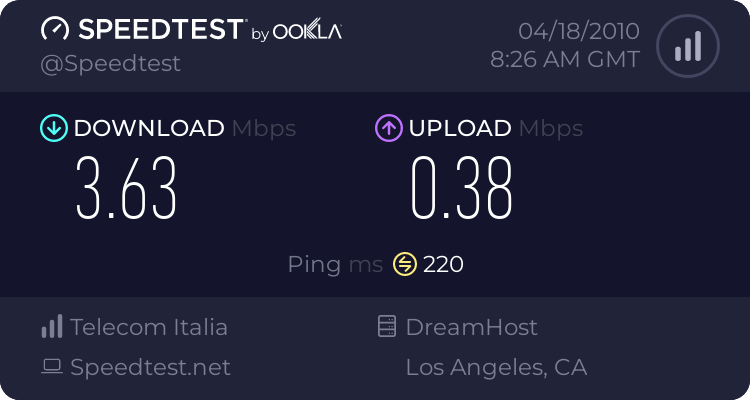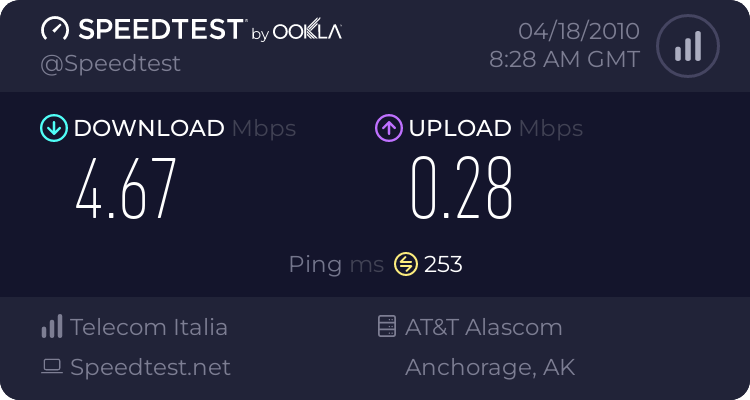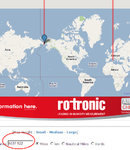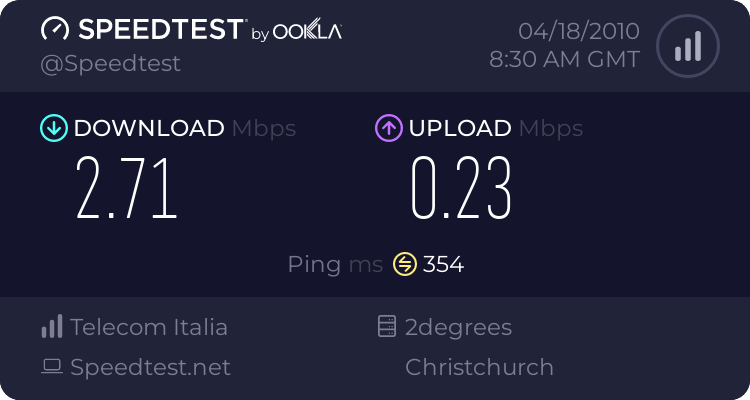Yamato
Legendary member
- Messages
- 9,840
- Likes
- 246
resuming with creation of new trading systems
I am resuming from here:
http://www.trade2win.com/boards/trading-journals/85510-my-journal-2-a-66.html#post1100610
By the way, today I was saying I lose about 1 day out of 3, and today is indeed a losing day. Now that I know my stats, I can take it a little better. I'll be prepared from now on to have one losing day every three.
Now I will set up the data for tradestation. First I will rename all the files and place them in the right folder, ready to be set up on tradestation, and then I'll set one of them up. Then I'll be done for the day.
Due to not finding ZC and ZS, the symbols I'll be working on will be these:
CAD
AUD
CHF
NG
SB
Interestingly, SB is not SoyBean, but it's sugar, which is why I used to get confused.
Ok, now I'll rename the files and place them in the proper folder.
Just one more thing, let's double check the exchange's code for my two most ****ed up futures: sugar and natural gas.
https://www.theice.com/productguide/ProductDetails.shtml?specId=23
http://www.cmegroup.com/trading/energy/natural-gas/natural-gas_contract_specifications.html
Definitely SB and NG. So now I'll do the moving from folders and renaming as i said above.
TIME-STAMPING
Yet another thing to do. Double-checking the candles and the time-stamping of data. Here's info about this:
An even earlier thing that I've checked is this: I made sure that again all time-stamps are in New York time as is the norm for disktrading.com, a very important detail for me (my systems' entries and exits are time-based). And sure enough here's what disktrading's email says:
These disktrading.com guys are professionals. The data is cheap but they explain things very clearly and do their best. And are friendly. Nothing like what our "look elsewhere" user said. If I ever make any large amounts of money, I'll owe them a lot, and probably will make a donation to them.
Ok, so... the toughest *******, the NYMEX's NG is all taken care of: the data matches. Let's work on the other tough guy, Sugar on NYBOT.
Ok, sugar matches as well, perfectly. But there's something to note: its value is multiplied by 100. Instead of 0.1789 it reads 17.89. Natural Gas instead was identical in everything.
Now, an easier part, because I am more used to CME currency futures, but harder because these futures are time-stamped in New York time, yet are traded in Chicago time. So I'll have to be a little more careful.
First, the AUD. AUD is special, because initially they sent me the forex data, by mistake. Then they sent me the futures data, but I had kept the forex data, which is unethical but what the hell, I even told them. I can't just delete good data like that. I even offered to pay to keep the data.
Anyway, the CAD and CHF have the wrong forex data because it's reversed compared to the future, so I can't back-test my system on it. But the AUD is the same (quotes of 0.9 and not 1.1), so I kept the forex data, because the file is twice as big and most likely has more hours, fewer data holes, no jumping from contract to contract... so I kept the forex.
Now though, this may cause extra problems (I always have the future, just in case). So I'll have to be extra careful both for the timing of candles, and the time-stamping. Also: candles will not match because the future may be worth 100 ticks more (or less?) than the forex.
WRONG... I checked everything thoroughly and I can't get the forex to match pretty much anything, whereas the future's data matches perfectly everything on IB TWS, so I reversed my opinion, and I went back to the future.
Next I'll worry about the CAD.
As I do this stuff, I realize that it requires first of a lot of precision, attention and, as a consequence it's very tiring. You want to be a control freak when you're doing these things. If your system goes one hour fast it won't work. This work requires more attention and precision than intelligence, but it takes intelligence to realize that it requires precision. In fact stupid people are not precise because they don't know the difference between one thing and the other. But I am wrong. There's intelligent people who are clumsy, messy and all. I just wanted to tell myself that I am intelligent, whereas I know that I am very precise, rather than intelligent. All my spelling mistakes of the last few days are due to xanax, mostly.
CAD is fine, too.
Now just one more and then I can rest: CHF.
CHF... wow. I can't believe it. What the hell is this "look elsewhere" buddy of mine talking about? The data is perfect. I just checked the CHF, too, and it totally matches IB's data, like all other futures. And I paid like less than 80 dollars for all 5 symbols (they gave me a discount). Now imagine had I gone to one of the others I mentioned on this thread. By now I'd have spent about 10k on just the data of the futures I am trading. Let alone all the other data they gave me which I am not using. Long live disktrading.com.
I am done for today. Probably I won't write any more.
Make sure you watch Idiocracy, by Mike Judge, because it's a masterpiece.
I am resuming from here:
http://www.trade2win.com/boards/trading-journals/85510-my-journal-2-a-66.html#post1100610
Ok, so I am done. No ZN and ZC for now, because "look elsewhere" was wrong, and I'd have to spend 1300 dollars on data, which mentally I cannot spend until I've got a million dollars, so it will be a while. So I will now build another... 3 to 6 systems per symbol, so that will give me about 20 more systems.
This step of gathering data is done. Next weekend I will proceed to the next step: backtesting the existing systems on these new 5 symbols. I'll start with the easiest part: the 3 new forex futures.
By the way, today I was saying I lose about 1 day out of 3, and today is indeed a losing day. Now that I know my stats, I can take it a little better. I'll be prepared from now on to have one losing day every three.
Now I will set up the data for tradestation. First I will rename all the files and place them in the right folder, ready to be set up on tradestation, and then I'll set one of them up. Then I'll be done for the day.
Due to not finding ZC and ZS, the symbols I'll be working on will be these:
CAD
AUD
CHF
NG
SB
Interestingly, SB is not SoyBean, but it's sugar, which is why I used to get confused.
Ok, now I'll rename the files and place them in the proper folder.
Just one more thing, let's double check the exchange's code for my two most ****ed up futures: sugar and natural gas.
https://www.theice.com/productguide/ProductDetails.shtml?specId=23
http://www.cmegroup.com/trading/energy/natural-gas/natural-gas_contract_specifications.html
Definitely SB and NG. So now I'll do the moving from folders and renaming as i said above.
TIME-STAMPING
Yet another thing to do. Double-checking the candles and the time-stamping of data. Here's info about this:
These above are my typical 15-minute candles. What is important to stress out here is that, unlike for ANFutures, disktrading.com stamps data just like IB with the ending time of a candle (ANFutures is the beginning time of the candle). So if it says "1415" it means that candle ended at 1415. I just checked IB's data comparing it with disktrading.com data and it matches completely.03/26/2010,1415,3.998,3.998,3.966,3.976,564,714
03/26/2010,1430,3.975,3.978,3.923,3.932,1241,1579
An even earlier thing that I've checked is this: I made sure that again all time-stamps are in New York time as is the norm for disktrading.com, a very important detail for me (my systems' entries and exits are time-based). And sure enough here's what disktrading's email says:
But now I will have to make sure of this for all 5 futures I am analyzing.Intraday ASCII data is time-stamped in New York time, daily data is in Exchange Time.
These disktrading.com guys are professionals. The data is cheap but they explain things very clearly and do their best. And are friendly. Nothing like what our "look elsewhere" user said. If I ever make any large amounts of money, I'll owe them a lot, and probably will make a donation to them.
Ok, so... the toughest *******, the NYMEX's NG is all taken care of: the data matches. Let's work on the other tough guy, Sugar on NYBOT.
Ok, sugar matches as well, perfectly. But there's something to note: its value is multiplied by 100. Instead of 0.1789 it reads 17.89. Natural Gas instead was identical in everything.
Now, an easier part, because I am more used to CME currency futures, but harder because these futures are time-stamped in New York time, yet are traded in Chicago time. So I'll have to be a little more careful.
First, the AUD. AUD is special, because initially they sent me the forex data, by mistake. Then they sent me the futures data, but I had kept the forex data, which is unethical but what the hell, I even told them. I can't just delete good data like that. I even offered to pay to keep the data.
Anyway, the CAD and CHF have the wrong forex data because it's reversed compared to the future, so I can't back-test my system on it. But the AUD is the same (quotes of 0.9 and not 1.1), so I kept the forex data, because the file is twice as big and most likely has more hours, fewer data holes, no jumping from contract to contract... so I kept the forex.
Now though, this may cause extra problems (I always have the future, just in case). So I'll have to be extra careful both for the timing of candles, and the time-stamping. Also: candles will not match because the future may be worth 100 ticks more (or less?) than the forex.
WRONG... I checked everything thoroughly and I can't get the forex to match pretty much anything, whereas the future's data matches perfectly everything on IB TWS, so I reversed my opinion, and I went back to the future.
Next I'll worry about the CAD.
As I do this stuff, I realize that it requires first of a lot of precision, attention and, as a consequence it's very tiring. You want to be a control freak when you're doing these things. If your system goes one hour fast it won't work. This work requires more attention and precision than intelligence, but it takes intelligence to realize that it requires precision. In fact stupid people are not precise because they don't know the difference between one thing and the other. But I am wrong. There's intelligent people who are clumsy, messy and all. I just wanted to tell myself that I am intelligent, whereas I know that I am very precise, rather than intelligent. All my spelling mistakes of the last few days are due to xanax, mostly.
CAD is fine, too.
Now just one more and then I can rest: CHF.
CHF... wow. I can't believe it. What the hell is this "look elsewhere" buddy of mine talking about? The data is perfect. I just checked the CHF, too, and it totally matches IB's data, like all other futures. And I paid like less than 80 dollars for all 5 symbols (they gave me a discount). Now imagine had I gone to one of the others I mentioned on this thread. By now I'd have spent about 10k on just the data of the futures I am trading. Let alone all the other data they gave me which I am not using. Long live disktrading.com.
I am done for today. Probably I won't write any more.
Make sure you watch Idiocracy, by Mike Judge, because it's a masterpiece.
Last edited:

